Finding the best whitening toothpaste can significantly boost your smile’s brilliance and overall oral health. With a market flooded with options, understanding what to look for is essential. This guide provides a comprehensive look at the key features, ingredients, and considerations that will help you choose the most effective and suitable whitening toothpaste for your needs. From understanding the science behind whitening to selecting the right type for your teeth, we’ll explore everything you need to know to make an informed decision and achieve a radiant, healthy smile.
What to Look for in Whitening Toothpaste
When choosing a whitening toothpaste, several factors should guide your decision. The concentration of active ingredients, the presence of sensitivity-reducing components, and the overall formulation play crucial roles. Consider your specific oral health needs and preferences. The best whitening toothpaste is one that effectively removes stains while being gentle on your teeth and gums. Always look for the American Dental Association (ADA) seal of acceptance, as this indicates that the product has been tested for safety and effectiveness.
Ingredients to Seek Out
The ingredients in whitening toothpaste determine its effectiveness. Key ingredients include whitening agents and those that support oral health. It’s important to be aware of what each ingredient does to ensure you’re selecting the best product for your individual needs. These active components not only whiten but also aid in preventing new stains and maintaining overall dental well-being. Evaluating the list of ingredients in a whitening toothpaste is the first step to understanding its potential effectiveness and suitability for your specific oral health requirements.
Hydrogen Peroxide
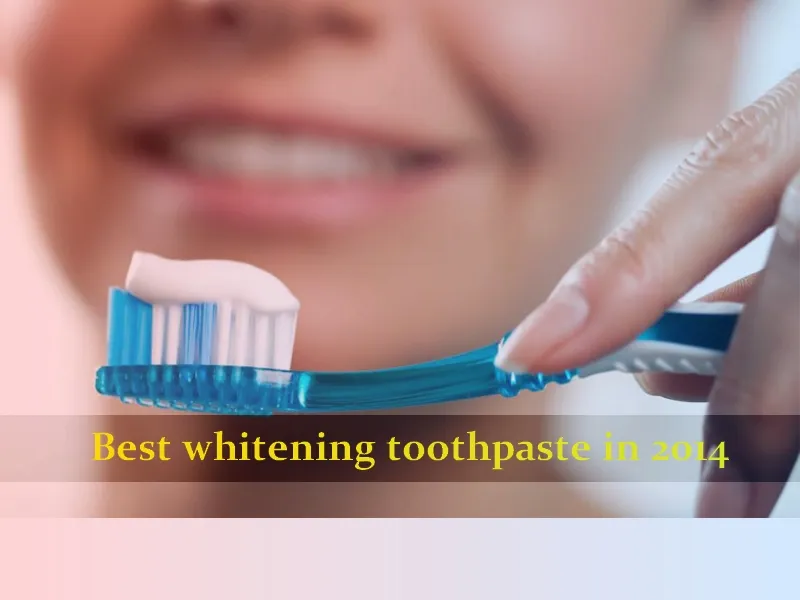
Hydrogen peroxide is a common and effective whitening agent. It works by penetrating the enamel and breaking down stain molecules. The concentration of hydrogen peroxide in toothpaste varies. Higher concentrations often lead to faster whitening, but may also increase sensitivity. Always follow the manufacturer’s instructions and consult with a dentist if you have concerns or experience any discomfort. Products with hydrogen peroxide can provide noticeable whitening effects, making them a popular choice for those looking to brighten their smile.
Carbamide Peroxide
Carbamide peroxide is another effective whitening agent, which breaks down into hydrogen peroxide. It’s often used in higher concentrations in professional whitening treatments. In toothpaste, carbamide peroxide is typically found in lower amounts. This agent is effective in removing both surface stains and those deeper within the enamel. Its gradual release of hydrogen peroxide provides a controlled whitening effect, making it suitable for various users. Checking the concentration of carbamide peroxide in your toothpaste helps gauge its whitening potential and how it aligns with your oral health goals.
Considerations for Sensitivity
Tooth sensitivity is a common side effect of using whitening toothpaste. If you have sensitive teeth, look for toothpaste with ingredients like potassium nitrate or stannous fluoride. These ingredients help to block the tubules in your teeth, reducing sensitivity. Start with a toothpaste with a lower concentration of whitening agents and gradually increase as needed. Always consult your dentist if sensitivity persists or worsens. Carefully consider the formulation of the toothpaste to ensure it suits your oral health conditions and helps maintain a bright smile without undue discomfort.
Types of Whitening Toothpaste
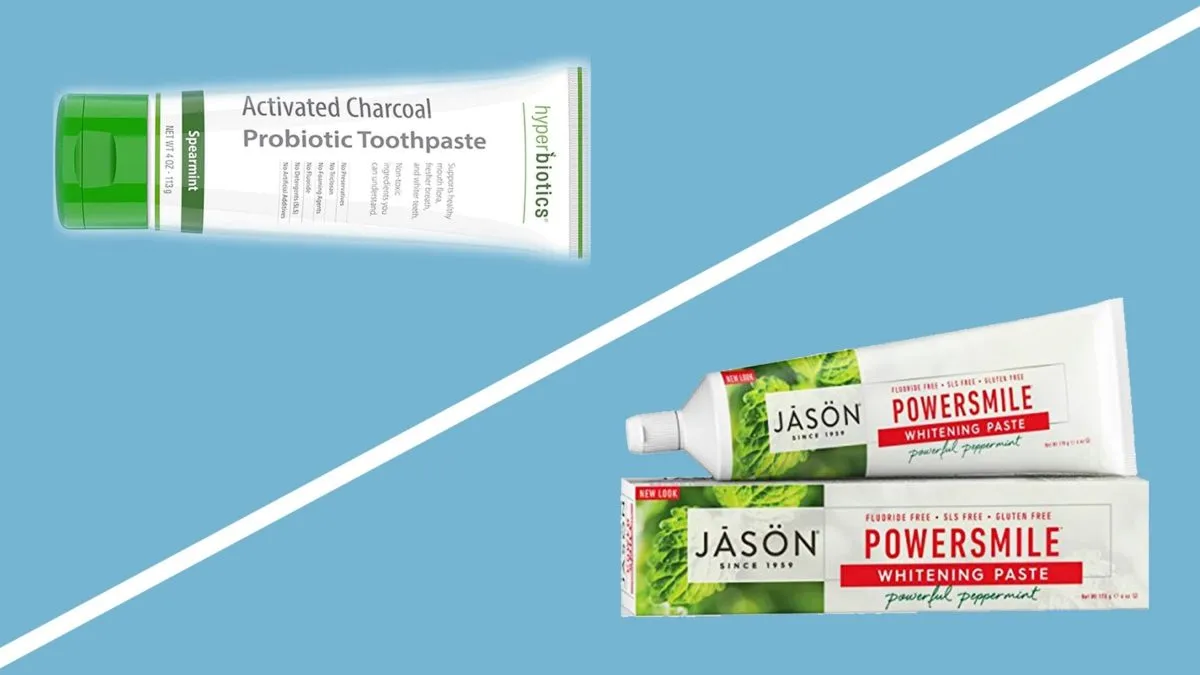
Whitening toothpastes come in various formulations, each designed to meet different needs and preferences. Knowing these types can help you select the most suitable product for your oral health. Options range from daily-use toothpastes to those specifically designed for sensitive teeth or intense stain removal. Understanding the distinctions in these formulations empowers you to make informed choices, balancing whitening efficacy with your comfort and overall oral health needs. The right selection can significantly enhance your smile and oral hygiene routine.
Whitening Toothpaste Options
The market offers numerous options, each tailored to specific needs. Some are formulated for daily use, while others target specific issues like sensitivity. The best whitening toothpaste often combines several benefits. A great product effectively whitens teeth, promotes oral health, and tastes good. Before deciding, think about your main concerns, such as stain removal, sensitivity, or overall gum health. Reading reviews and consulting with your dentist can help you make an informed choice.
Toothpaste for Daily Use
Daily-use whitening toothpastes are designed for regular brushing. These toothpastes often contain lower concentrations of whitening agents, making them suitable for everyday use without causing excessive sensitivity. The best daily-use toothpaste combines effective stain removal with gentle ingredients that protect your enamel and gums. Look for options that also provide fluoride for cavity protection and freshen your breath. Regular use of a daily whitening toothpaste can gradually enhance your smile and help maintain long-term oral hygiene.
Specialized Whitening Toothpaste
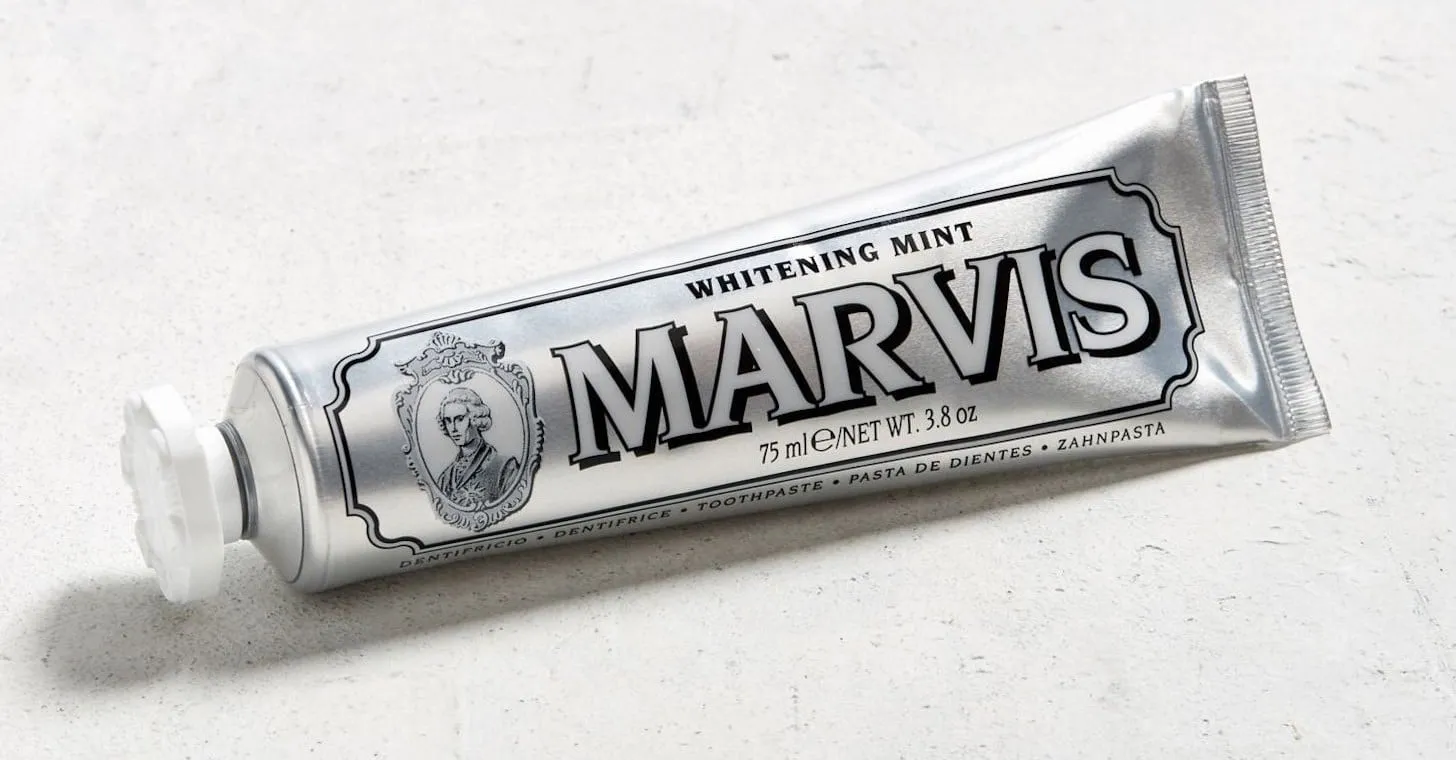
Specialized whitening toothpastes cater to specific needs like deep stain removal or sensitivity. For those with stubborn stains from coffee, tea, or smoking, stronger formulas may be necessary. These toothpastes often contain higher concentrations of whitening agents or abrasive particles. Individuals with sensitive teeth should seek out toothpastes that reduce sensitivity while still effectively whitening. Consider your unique oral health profile to find the best toothpaste that gives the results and comfort you want. Your dentist can help provide recommendations to make the best decision for your needs.
How Whitening Toothpaste Works
Understanding the mechanism behind whitening toothpaste helps you appreciate its effectiveness. The science of how these products whiten your teeth involves both chemical and physical processes. Various ingredients, such as hydrogen peroxide and abrasive particles, work together to remove stains and brighten your smile. This scientific basis allows you to make informed decisions about the whitening process and set realistic expectations. Knowing the science will ensure you get the best whitening results possible while maintaining the health of your teeth.
The Science Behind Whitening
Whitening toothpaste brightens your teeth through various mechanisms. Some toothpastes use chemical reactions, such as hydrogen peroxide, to break down stain molecules. Others use abrasive particles to physically remove stains from the tooth’s surface. The effectiveness of these methods depends on the concentration of active ingredients and the type of stains. Continuous use of whitening toothpaste can provide noticeable results. Keep in mind that individual results may vary depending on the severity of the stains and the overall health of your teeth.
Removing Surface Stains
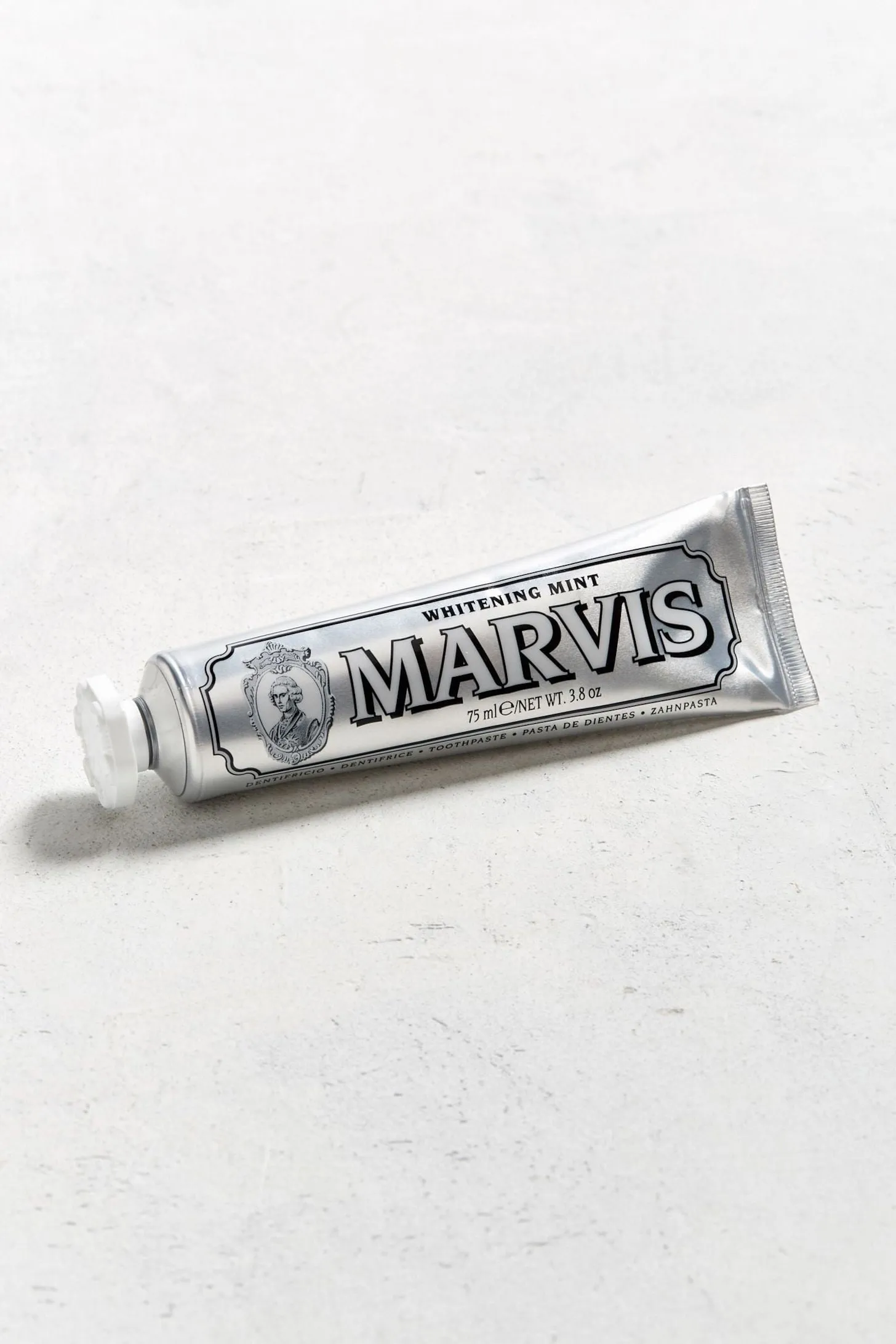
Most whitening toothpastes primarily target surface stains caused by food, drinks, and smoking. The abrasive particles in these toothpastes help scrub away these stains, revealing a brighter enamel. The effectiveness of this approach varies depending on the abrasiveness of the toothpaste and the nature of the stains. Choose a toothpaste that balances stain removal with gentle action to avoid damaging your enamel. By understanding this process, you can make informed choices to keep your teeth bright and healthy.
Beyond Whitening
While whitening is a significant benefit of these toothpastes, consider other aspects of oral health. The best whitening toothpaste doesn’t just whiten, it also supports overall dental hygiene, including preventing cavities and promoting healthy gums. Brushing with a whitening toothpaste shouldn’t be a substitute for regular dental check-ups and cleanings. Proper oral hygiene extends beyond whitening, contributing significantly to your overall health and well-being. Keep in mind that your oral health is about more than just aesthetics.
Maintaining Oral Health
Maintaining good oral health requires a comprehensive approach that includes brushing, flossing, and regular dental check-ups. Whitening toothpaste should complement, not replace, these essential practices. Ensure the toothpaste you choose also contains fluoride to protect against cavities and other beneficial ingredients that support your overall oral health. Consistent oral care helps keep your teeth healthy, your breath fresh, and your smile bright. The integration of whitening toothpaste into your daily routine should enhance your overall oral health practices.
Proper Brushing Techniques
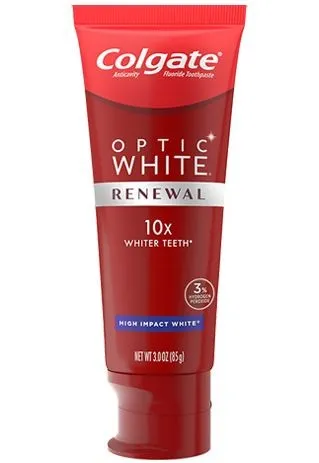
Proper brushing techniques are vital for maximizing the effectiveness of whitening toothpaste. Brush your teeth for two minutes, twice a day, using gentle, circular motions. Ensure you reach all surfaces of your teeth, including the back molars. Replace your toothbrush every three months or sooner if the bristles become frayed. Proper brushing not only enhances the whitening effect but also helps prevent gum disease and tooth decay. Consider incorporating these techniques into your daily routine to achieve a brighter, healthier smile.
When to Consult a Dentist
While whitening toothpaste can improve your smile, it’s crucial to know when to seek professional advice. If you experience significant tooth sensitivity or gum irritation, consult your dentist. They can identify the underlying causes and recommend the most appropriate treatment. If you’re seeking more dramatic whitening results, your dentist can offer professional treatments like in-office whitening or custom whitening trays. Regular dental check-ups are also important for monitoring your oral health and addressing any concerns. Consulting your dentist ensures you receive personalized care and achieve the best outcomes for your smile.
Choosing the best whitening toothpaste involves careful consideration of ingredients, your individual needs, and your oral health goals. By understanding the science behind whitening, exploring the different types available, and maintaining good oral hygiene practices, you can achieve a brighter, healthier smile. Always consult with your dentist to determine the best course of action for your unique situation. With the right approach, you can confidently enhance your smile and enjoy the benefits of a radiant and healthy mouth.
